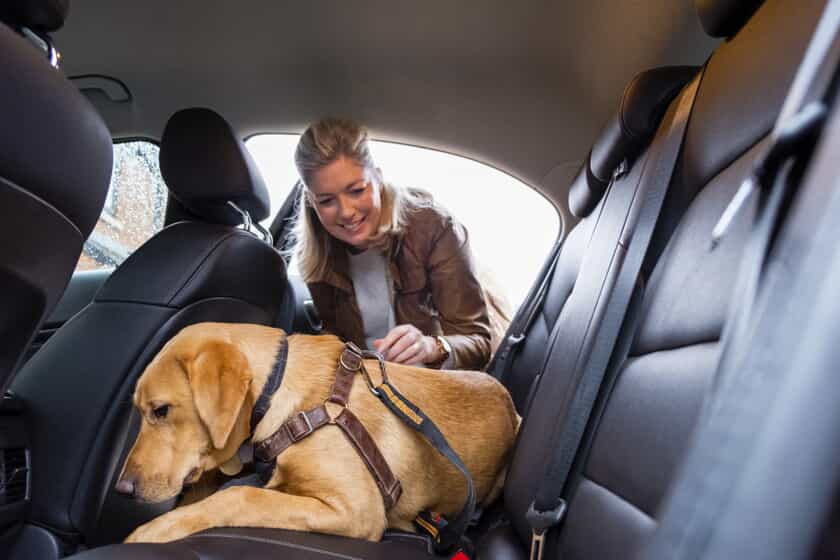June is National Pet Preparedness Month, and your friends at Woofie’s want to help make sure you and your pet are ready for whatever may come your way. Just as it’s important to make emergency plans for you and your family, it’s equally important to include your pets in the process, too. Here are a few things to keep in mind as you are thinking ahead.
Put a Plan in Place
If you are ever in a situation where you have to evacuate, make sure to consider how you will get yourself and your pets outside to safety as quickly as possible. If you are in a situation that isn’t safe for you, it isn’t safe for your pet either, and it is very important not to leave your pets behind!
Think through the best pet friendly meeting places near your home and nearby safe havens that could take in your pet if the need arises. You can ask your local vet for a list of phone numbers for recommended facilities, research which local hotels accept pets, and see which family members or friends would be willing to temporarily receive your pet, too.
Build a Pet Emergency Kit
In the event you and your pet need to evacuate quickly, it will be important to have all of their basic needs in one place to grab and go. This is when it will be helpful to have an easily accessible pet preparedness kit. Some emergency supplies you can include are: food, water, any medications and medical records, vet records, pet waste items, grooming items, pet first aid kit items, bedding, a leash and collar, and any favorite treats or toys to help keep them comfortable.
Gather Important Records and Identifications
In the event you and your pet are separated, you’ll want to make sure they are easily identifiable by others for any kind of search and rescue mission. One immediate practical thing you can do is order a free pet safety pack from the ASPCA, which includes window stickers indicating to emergency personnel that pets live in your home. Displaying the stickers on your outside windows can help guarantee the removal of your pets safely.
Odds are you have plenty of photos of your fur baby on your phone, so be sure to have some saved for identification purposes, and you can also consider a more permanent identification option like getting your pet microchipped. This process involves a chip being implanted under your pet’s skin in their shoulder area. The chip can be read by a scanner at most animal shelters.
We hope these tips can be helpful for you in the event an emergency type of situation ever arises and encourage you to continue researching best practices and information for pet disaster preparedness from other resources such as the American Red Cross. Our Woofie’s team of pet care experts is always here to help provide peace of mind for both pets and pet owners alike, and we have the highest level of concern for the care, safety and wellness for your pet!


